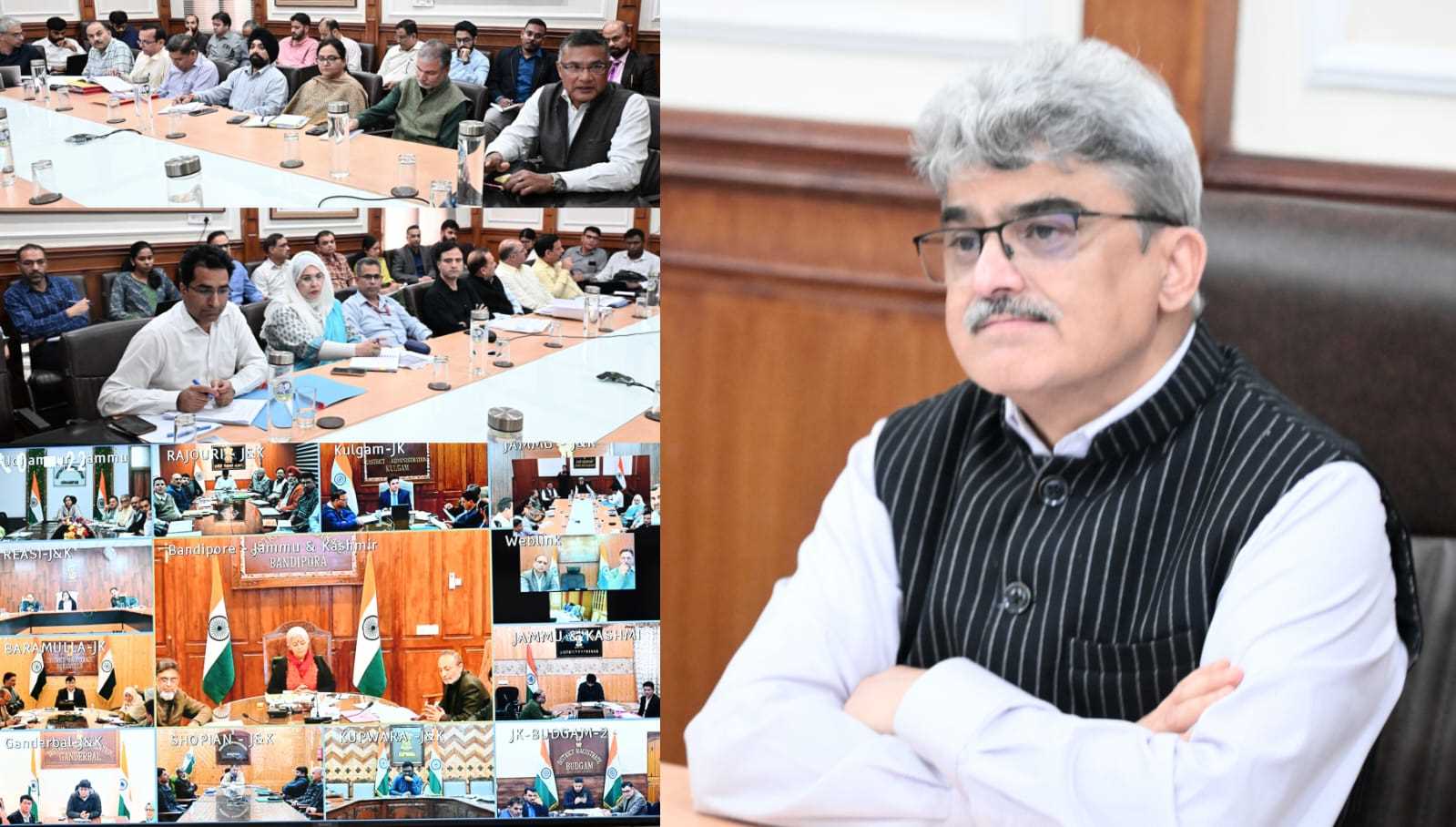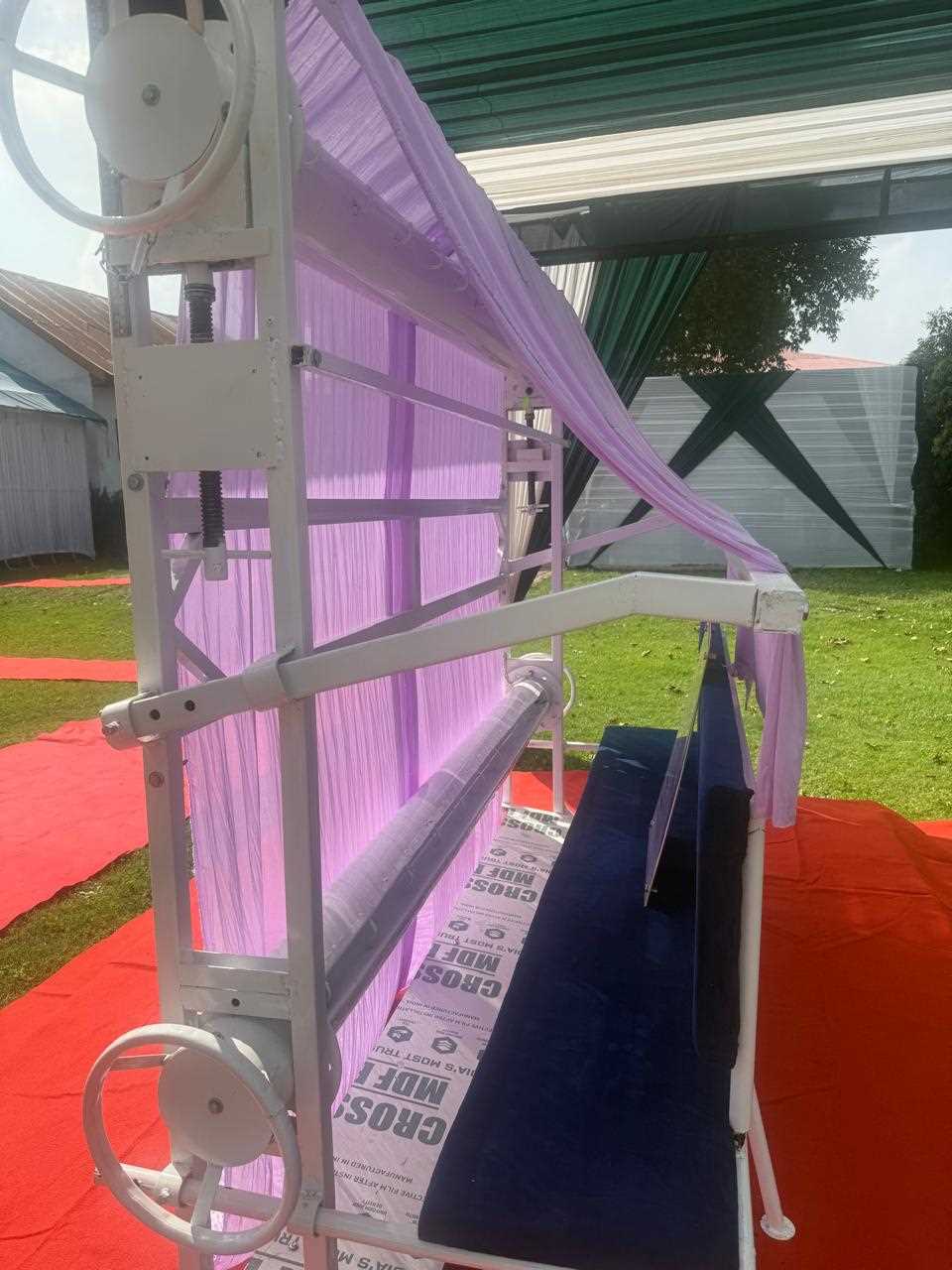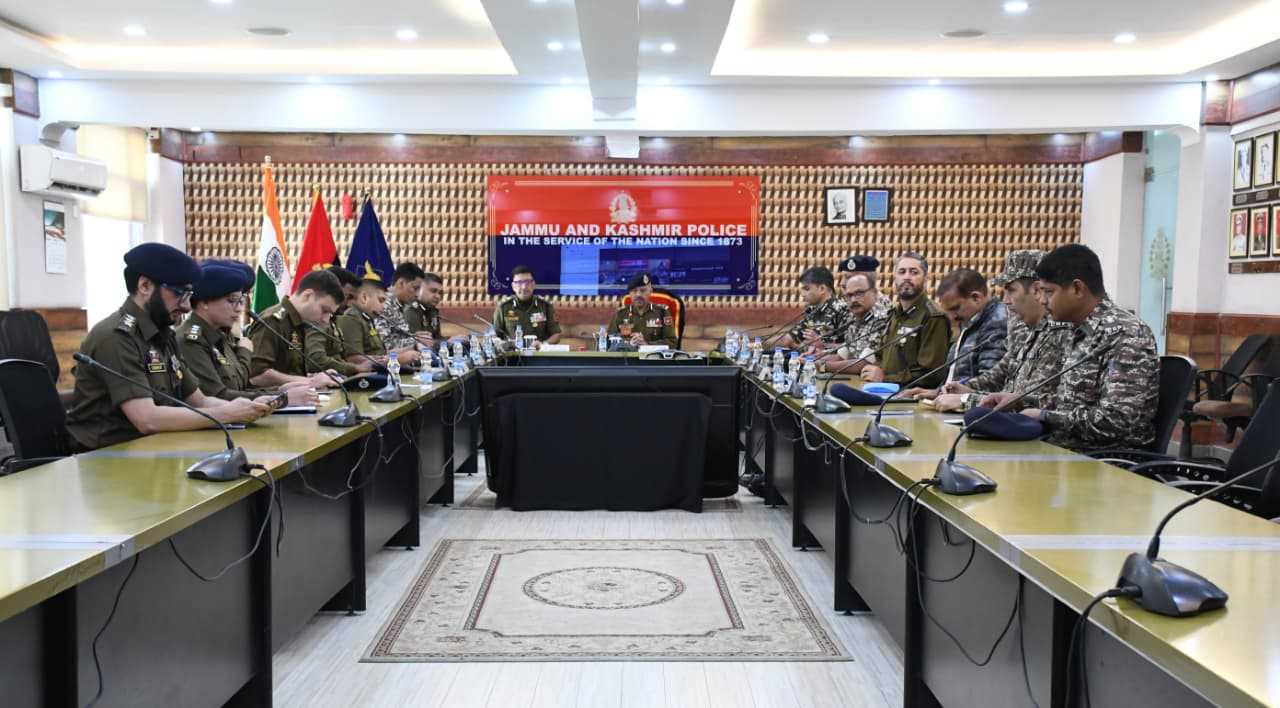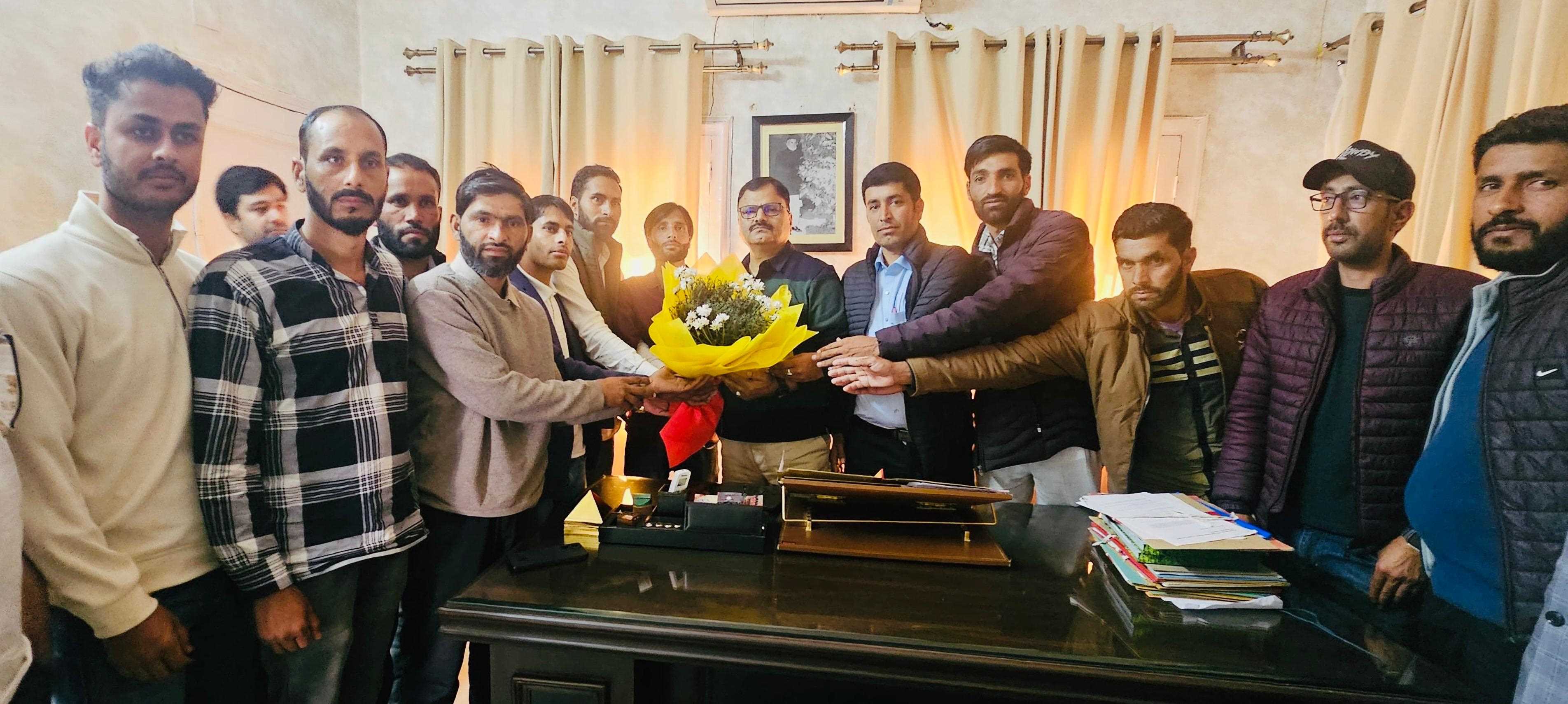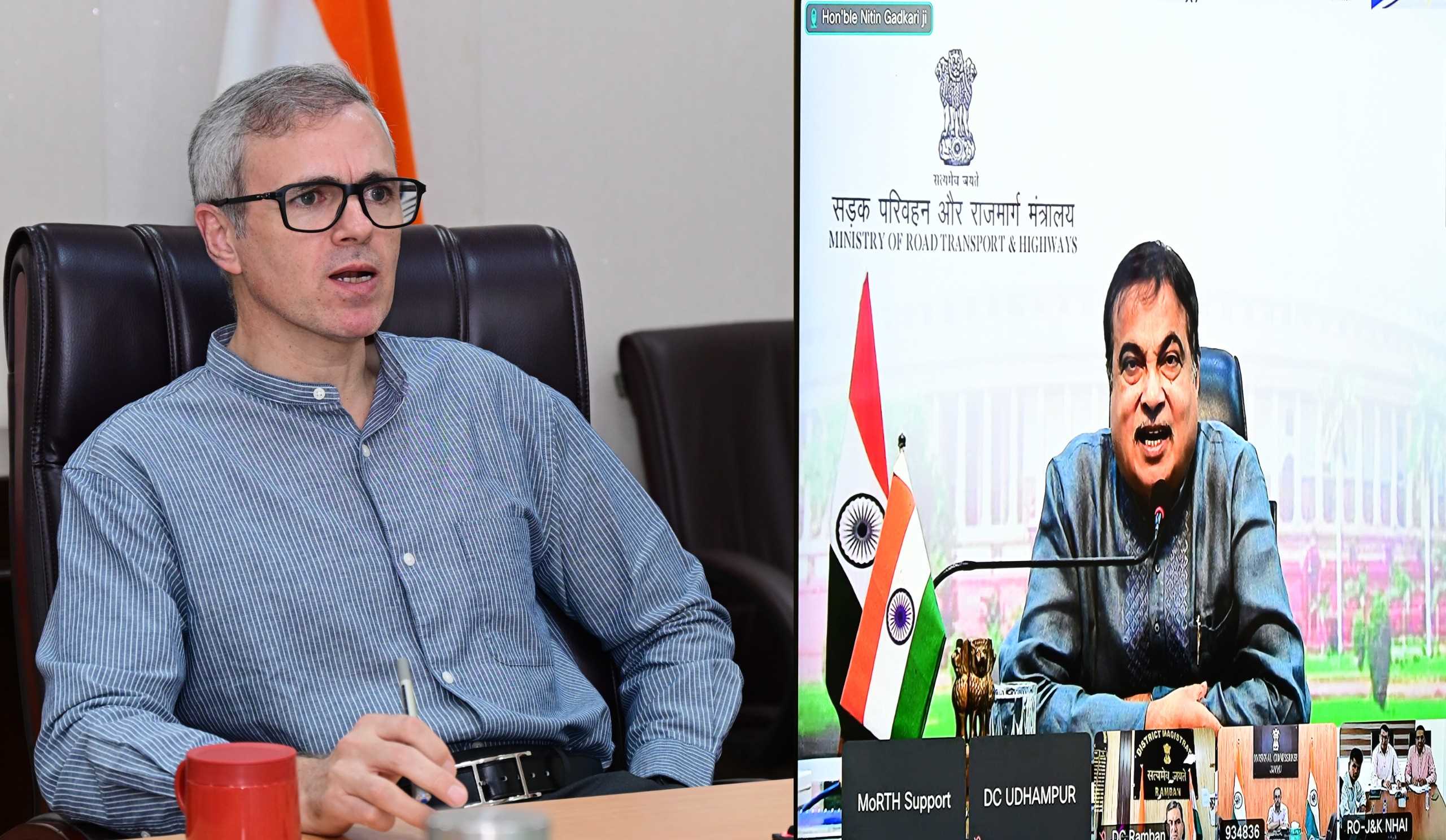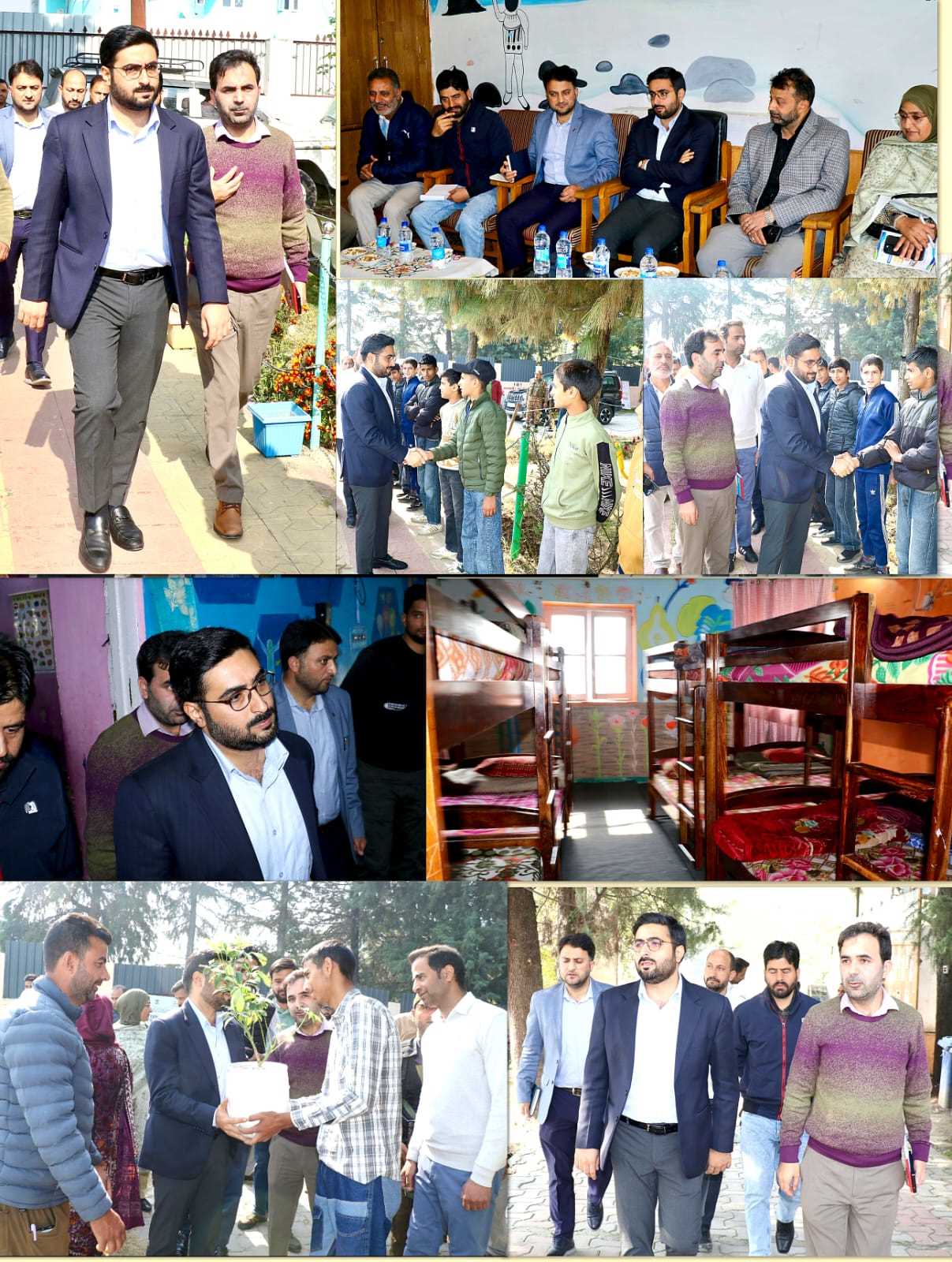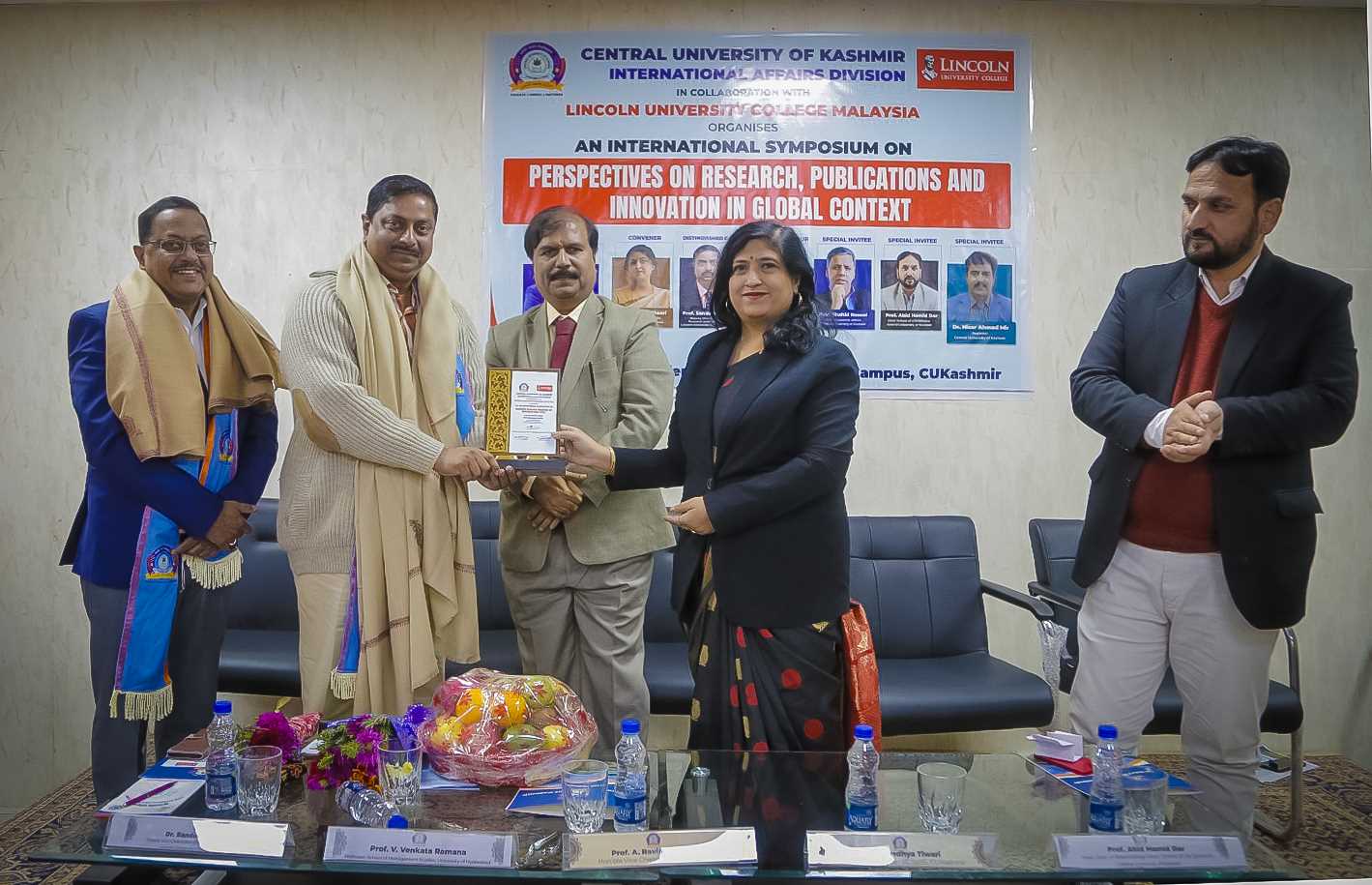Marriage is one of the critical facets of society that not only unites two individuals but also their families and communities as well. Across cultures, marriage rituals symbolise the transition from tradition to modernity. Many parts of India, including Kashmir, are still attached to early marriages, which causes an effect and is also one of the causative factors for many socio-economic problems. Yet, it is important to recognise how far India has come in combating this issue, with significant progress made over the years.
Child marriage has a historical record in India. It was the global leader in child brides once, but due to the efforts of law, society, and grassroots initiatives, it has now been reduced to some extent. As per UNICEF, the percentage of women who got married before reaching 18 years of age has declined marvellously for India, from 47% in 2005-06 to 23.3% in 2021-22. The decline has been attributed to strong efforts from the government in ending child marriage, through education initiatives by communities, and better access to school for girls. Other ground-breaking initiatives were taken up by the government that accelerated the process of curbing the happenings of child marriage in India; for example, Beti Bachao, Beti Padhao, with strict application of law related to the Prohibition of Child Marriage Act, 2006, has played an important role. With such practices, girls can get an education properly before getting into marriage, hence stepping toward a better future in later life.
In some places, the culture of marrying girls before the age of 18 continues to exist due to a complex interplay of socioeconomic factors, cultural traditions, and systemic challenges. Poverty is a major driving force that often leaves families struggling to meet basic needs. In such situations, early marriage is seen as a way to reduce the financial burden, especially in large families.
Parents believe that by marrying their daughter, they are securing her future as well as reducing the number of dependents at home. This decision, though compelled by desperation, often forgets the far-reaching implications for the girl's education, health, and overall well-being. Dowry traditions make worse the situation. In many societies, early brides are said to have lesser dowry demands, thus forcing families to marry off their daughters at an earlier age. The notion that there is an "ideal marriageable age" creates pressure to get a suitor before the family's financial constraints deteriorate further.
Strong patriarchal norms are among the factors perpetuating early marriages. In such settings, girls are considered liabilities, whose primary roles are carers and homemakers. Education for girls is not valued the same way, since it has limited returns in comparison to the immediate economic and social benefits of marriage. The rural communities highly value the education of sons and tend to marry off the girls when still young. Families too face cultural pressure and social norms. Some communities may regard the presence of an unmarried daughter of a certain age as low on moral character and also poor on the scale of social status. In a sense, this will compel parents to marry their daughters early as they fear the shame it brings when social pressures come into place, taking away the child's chance of education, liberty, and growth.
The lack of education and enlightenment further perpetuates this tradition. Families of economically backward regions may not perceive the advantages of delaying marriages and investing in their girls' education. Marriage seems to be a viable option for them. Unfortunately, this practice is the perpetuation of cycles of poverty and limits opportunities for girls, robbing them of their potential and violating their fundamental rights.
The main concern is that the implementation in Kashmir is, although it is the most effective piece of legislation, still it can face practical challenges. Those less educated families have no knowledge and no power of enforcement; they are also very saturated in cultural trends to circumvent all legal check-ups. Early marriages carry multi-dimensional severe health implications for a young mother. Teen pregnancies expose the risk of increased preterm deliveries, stillbirths, and deaths in newborns. More cases of anaemia, pelvic inflammatory disease, and uterine prolapse are found in young mothers. Early marriage isolates girls, hence depriving them of emotional and social support, leading to anxiety, depression, and PTSD (Post-Traumatic Stress Disorder). According to WHO, girls aged 10-19 are more likely to experience complications during pregnancy than women in their 20s. Early marriage has been a sudden shift from childhood to adulthood without education, freedom, or opportunities for many.
Shaista Begum's story in the 1990s depicts the tragic results of early marriages. Shaista was born in Sopore. Her father died early, and she was taken care of by her mother. When she was 15, she was married off for the family assets. She had severe health issues, such as nutrient deficiencies and recurring infections, due to her pregnancies at the age of 16. She had a hysterectomy at 30 due to the aftereffects of her adolescent pregnancies. Shaista's case is a sharp example of why we cannot reduce our efforts regarding child marriages, even while noting India's progress in this domain.
Reducing early marriages in India is a roadmap for further action, especially in regions such as Kashmir. Effective awareness programs can make people realise the consequences of an early marriage and the benefits of girls' education. The legal enforcement must be strengthened so that in case of any violation, the PCMA (Prohibition of Child Marriage Act) is strictly applied with families. The support systems may also include shelters for girls at risk of early marriage and improving access to reproductive health services and counselling availability to adolescent girls. It will be because more educational facilities provided to girls would enable and empower the girls and make it unattractive to get them married early. This means that change can happen.
If all the factors related to culture, economy, and education are addressed aptly, we can surely have a society in which every girl can be allowed to grow and develop without being oppressed. Such stories of Shaista Begum remind us of situations that used to exist years ago, but they also illustrate how much more effort must be taken so that such practices can be completely annihilated. Thus, with powerful legal systems and growing concern towards health and social consciousness, it can be ensured that whatever has been done throughout India in opposition to and reduction of child marriages is for the betterment of Kashmir. "The number of married minors declined across India over the period also suggests a tremendous success through this people movement," notes UNICEF, observing the declining cases of child marriages in India over the past couple of years. Focusing upon education and empowerment, we shall ensure that no girl be deprived of health, dreams, or possibilities.
Email:-----------------------zargarmehwish5@gmail.com


